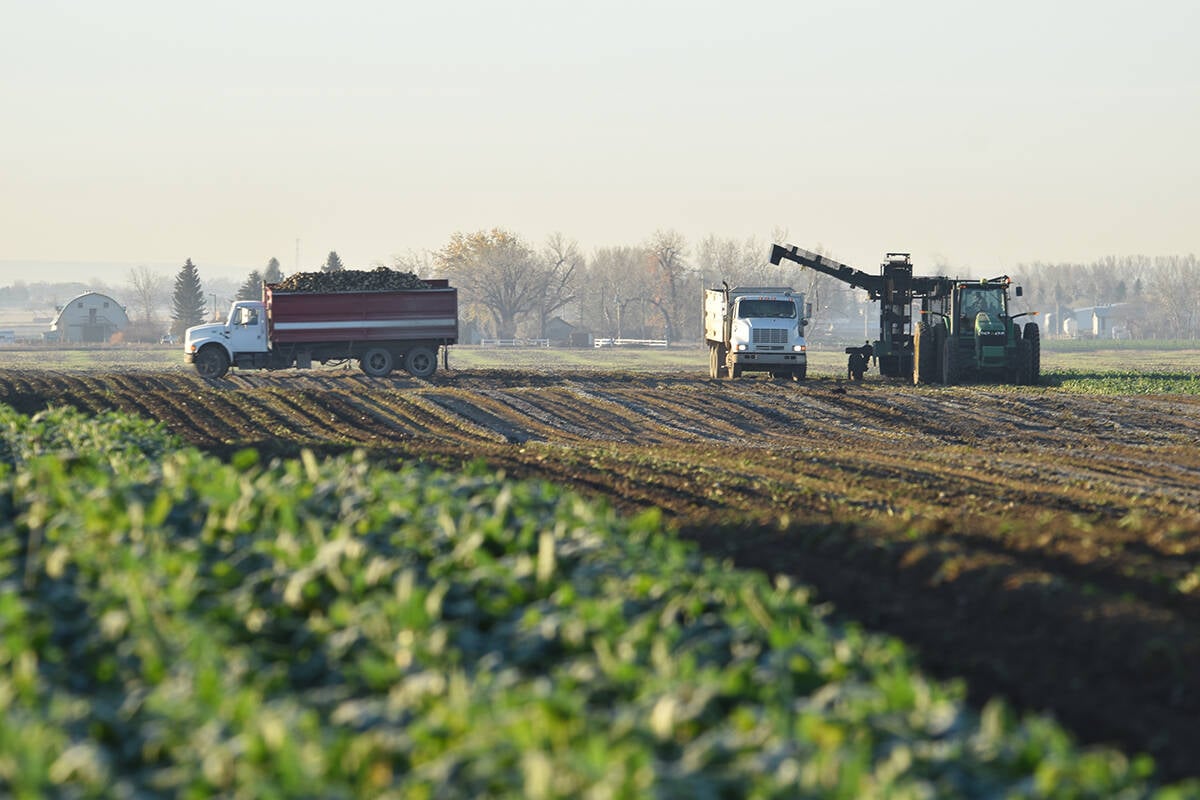Canadian farmers are carrying more debt than ever.
According to figures from Statistics Canada, total farm debt increased by $5 billion in 2013 to a record $78 billion.
It’s the biggest debt load ever carried by the country’s agricultural producers and the biggest year-to-year increase ever recorded in Canada.
Total farm debt was $72.7 billion a year earlier.
Some observers have suggested that the level of indebtedness in the farm sector is too high.
They argue that producers’ ability to service their debts would be severely compromised should historically low interest rates return to more normal levels.
Read Also

Canada the sole G7 nation without a Domestic Sugar Policy to aid local sugar beet production
Canadian sugar beet industry vastly different to US with free-market system compared to protective government-regulated sugar program
In addition, much of the equity held by Canadian farmers is tied up in farmland.
Farmland values are higher than ever in Western Canada, which suggests farmers’ exposure could become unmanageable if values begin to fall.
Michael Hoffort, incoming president of Farm Credit Canada, said farmers should leave themselves room to manage fluctuations in interest rates, commodity prices and farmland values.
That said, incomes in the agriculture sector have increased significantly and the outlook for Canada’s agriculture sector looks promising.
“By and large, the increase that we’re seeing in farm debt is in line with what we’re seeing in growth in farm incomes,” said Hoffort.
“Compare that to what you’re seeing in the consumer sector, where there’s some concern about consumer debt, and it’s quite a different story.… Consumer incomes are quite a bit more flat than what’s taking place in Canadian agriculture.”
Hoffort said there are indications that Canada’s historically low lending rates will begin to edge upward in the next year or so.
However, any increase that takes place is likely to be gradual, giving farm borrowers plenty of time to adjust to higher carrying costs.
Hoffort said FCC is anticipating a soft landing rather than a reduction in farmland values.
“Historically, farmers have held a lot of equity in real estate … so whether there’s downside risk in farmland values could be argued,” he said.
“I don’t think we’ve crossed any line there of any sort, but it’s always prudent for farmers to manage their operations effectively.”
According to Statistics Canada, chartered banks were the largest farm lenders as of Dec. 31, 2013, with a total farm lending portfolio worth nearly $28 billion
Federal lending agencies, including Farm Credit Canada, were second with a total portfolio of nearly $23 billion.
Farm loans from credit unions were valued at $12 billion while outstanding loans through advance payment programs were listed at nearly $1.65 billion.















